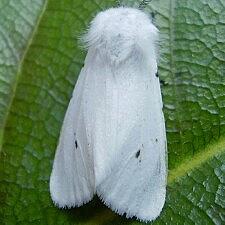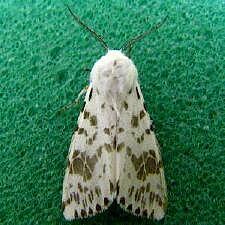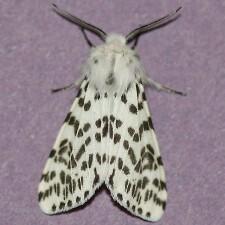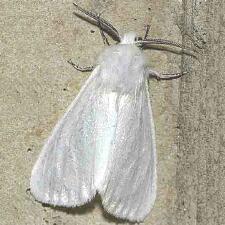| Problems in Identification: Variation Within Species
|
One of the problems encountered when trying to
identify moths is the extreme variation that may exist within a
species. I am not talking here about readily recognized "forms" but
simply variation in coloration and markings. This problem is so common
that any number of species might be used to illustrate it. The first
case illustrated here is for the Velvetbean Caterpillar Moth,
Anticarsia gemmatalis which is a very common species in the
southern states that wanders northward in late summer.
|
|
|
|
|
|
|
|
|
| Large Yellow Underwing Moth -- Noctua pronuba |
A species introduced to North America, the wing
spots usually give it away. So do the hindwings, but they may not be
seen. The range of colors and extent of mottling is considerable. All
these examples happen to come from Ontario. They vary in my yard, too.
|
|
|
| Fall Webworm Moth -- Hyphantria cunea |
The Arctiidae is a colorful family with many
species that are difficult to discriminate. Numerous groups within the
family have similar forewing patterns that vary remarkably. It is
often necessary to get a good look at the hindwings, abdomen or
forelegs to see markings that permit identification. In the Fall
Webworm we might see specimens with immaculate forewings or ones that
range from just barely dotted to very heavily patterned. Their larvae
are also somewhat variably marked.
|
 © Machele White - FL
© Machele White - FL
|
 © Robert Patterson - MD
© Robert Patterson - MD |
 © Lynette Schimming - NC
© Lynette Schimming - NC |
 © Anthony W. Thomas - NB
© Anthony W. Thomas - NB
| |